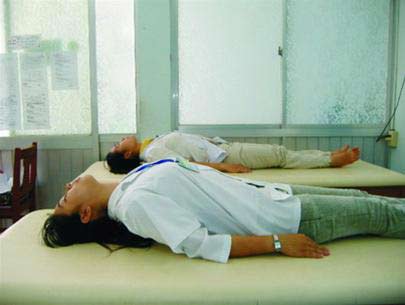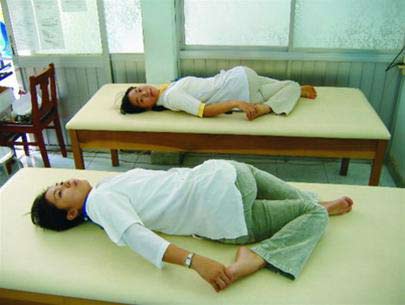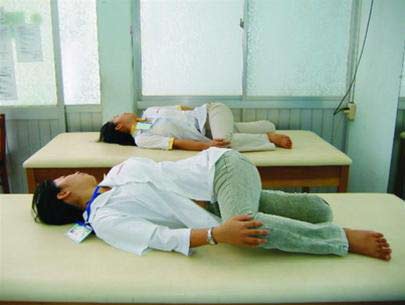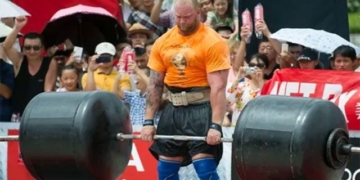Neck and shoulder pain is a common symptom that can affect individuals of all ages and genders. This condition typically manifests as dull (or severe) pain in the neck, which may radiate to the back of the head, ears, temples, or extend down to the shoulders, causing muscle stiffness. The pain tends to worsen with movement and improves with rest.
The most common cause is sleeping with a high pillow or resting the head on a hard surface for extended periods, such as during bus rides or while watching TV. This issue is particularly prevalent among individuals approaching middle age, as their vascular system may have diminished flexibility and elasticity.
Additionally, neck and shoulder pain can result from damage to the facet joints of the cervical spine, such as intervertebral disc injuries, post-traumatic conditions, or repetitive minor injuries from daily activities (like driving, painting ceilings, or working with computers).
What should we do when experiencing neck and shoulder pain?
– Consult a doctor for appropriate treatment advice and prevention tips to avoid recurrence.
– Maintain an upright neck position when sitting, studying, reading, or typing.
– Use a suitable pillow (low and firm) when sleeping, and it is preferable to sleep on your side (with the affected side resting on the pillow).
– Gentle massage of the neck and shoulders with warm oil can provide relief.
– Acupuncture, exercise, and physical therapy have proven to be highly effective for individuals suffering from neck and shoulder pain.
As symptoms improve, practicing gentle exercises will help mobilize the neck joints to alleviate pain and promote quicker recovery. To prevent neck and shoulder pain, we can perform two therapeutic exercises: neck extension and cervical spine rotation in the opposite direction.
1) Neck Extension:
The patient lies flat on a firm bed, arms relaxed, using the occipital bone and buttocks as support, extending the neck and shoulders upwards.
Then, inhale deeply to expand the chest and abdomen, keep the throat open (by trying to inhale more), while oscillating the shoulders back and forth 4 times, and exhale completely (letting the chest and abdomen deflate). Lower the shoulders and take a break (see image 1).

Image 1
2) Cervical Spine Rotation in the Opposite Direction:
– The patient lies on one side with legs bent, the lower leg positioned behind, the upper foot resting on the knee of the lower leg, the lower hand resting on the knee of the upper leg pressing down towards the bed, while the upper hand holds the lower foot. The shoulder leans back, and the neck turns towards the back (see images 2 and 3).

Image 2
– Execution: Inhale deeply, keep the throat open (by maintaining the chest position and not allowing it to descend), while oscillating the neck back and forth 2-4 times. Exhale completely, tightening the abdomen. Then switch sides and repeat.

Image 3
* Each exercise should be performed 3-5 times, twice daily in the morning and evening. Regularly practicing these two exercises can help alleviate your pain and prevent the recurrence of neck and shoulder discomfort.
* Note: In cases of acute illness with significant pain, it is advisable to avoid exercising; the focus should be on rest and gentle massage. Exercise should only be done after pain has subsided or for preventive purposes.
* Some positions to avoid in daily activities to prevent neck and shoulder pain include:
– Tilting the neck upwards for extended periods.
– Frequently turning the head to the painful side.
– Lifting or pulling objects with the neck bent.
– Studying or reading with the neck bent for extended periods.
– Sleeping with high pillows or multiple pillows…
Neck and shoulder pain is a very common symptom in daily life. While it is not life-threatening, it can cause difficulties in daily activities and social interactions. Regular exercise will help us manage this condition and enhance overall health.




















































